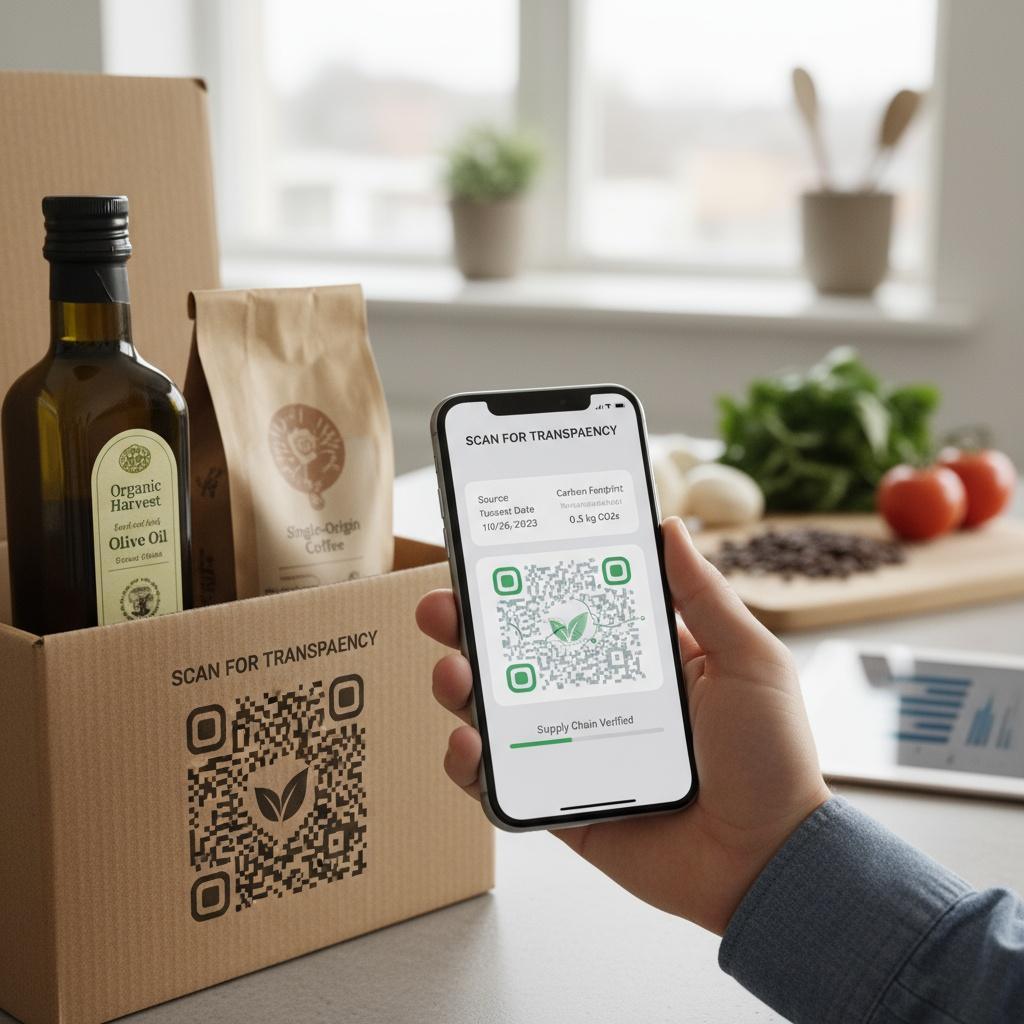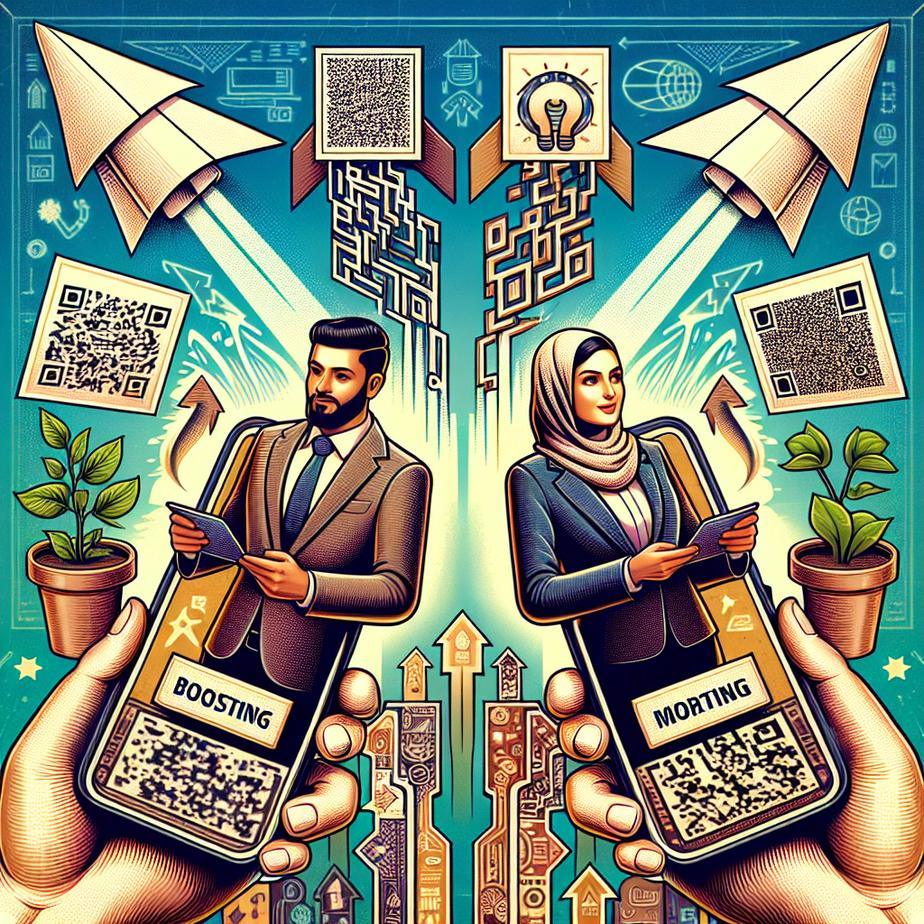

In today’s fast-evolving landscape of digital transformation tools, QR codes have emerged as powerful catalysts for modern marketing strategies. These simple yet versatile codes bridge the gap between physical and digital interactions, enabling businesses to engage customers in novel and measurable ways. If leveraged effectively, QR codes can significantly amplify the success of your marketing campaigns.
QR codes offer a seamless connection point for customers, allowing instant access to targeted content, promotions, or social media platforms with just a quick scan. This convenience enhances customer experience by eliminating cumbersome URL typing or app downloads. As a result, organizations can foster deeper brand interaction and drive engagement metrics upward.
Integrating QR codes into print materials, packaging, billboards, and events creates an interactive bridge to online digital properties. This fusion of offline and online channels enables marketers to extend the lifespan and reach of their campaigns, turning static advertisements into dynamic user journeys. For example, campaigns featuring QR codes can immediately direct users to exclusive content, special offers, or loyalty program sign-ups.
One standout benefit of QR codes is their capability to capture real-time data. Marketers can track scan rates, locations, devices, and user behaviors, empowering data-driven optimization. With dynamic QR codes, content can be updated remotely without reprinting, allowing continuous refinement to maximize conversion rates and overall campaign ROI.
To maximize the impact of QR codes in your marketing mix, consider strategic placement where attention naturally falls, such as product packaging or consumer touchpoints. Incorporating concise, actionable calls to action can motivate immediate engagement. Additionally, linking QR codes to immersive and gamified experiences has proven effective for cultivating brand loyalty and social sharing.
Leading brands are incorporating QR codes beyond simple links. For instance, interactive augmented reality games, geo-location challenges, and instant digital downloads incentivize consumers to scan and participate. These techniques not only boost user interaction but also enhance memorability and positive brand association.
QR codes should not stand alone but be integrated into multichannel marketing initiatives. Utilizing them in conjunction with social media, email marketing, and in-store promotions creates a cohesive ecosystem of engagement. This multi-layered approach ensures consistent messaging and amplifies audience touchpoints.
For businesses seeking to implement QR codes and gain actionable insights, resources like Scanova’s guide on examples of QR codes in marketing and Site Centre’s article on QR codes in digital marketing offer in-depth advice. Additionally, Bitly highlights how QR codes facilitate customer surveys, further showcasing their versatility.
In conclusion, QR codes are a highly effective digital transformation tool for businesses wanting to modernize their marketing strategies. By blending convenience, creativity, and data analytics, they unlock new avenues for customer engagement, operational efficiency, and measurable growth. When thoughtfully incorporated into your campaigns, QR codes not only drive conversions but also enrich the overall customer experience, positioning your brand at the forefront of innovative marketing.